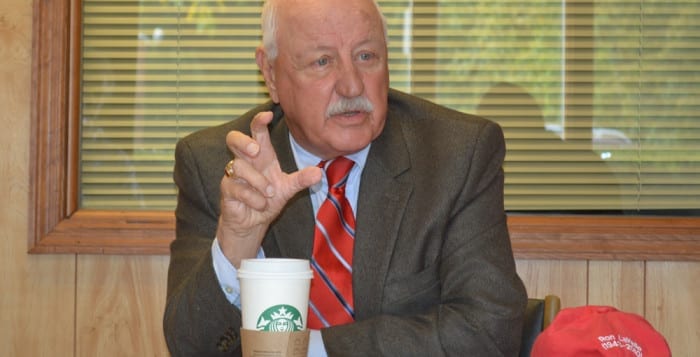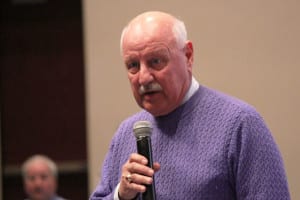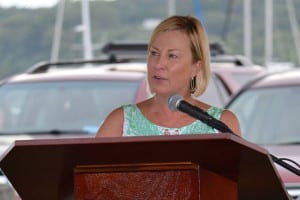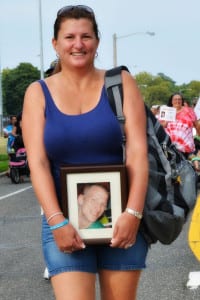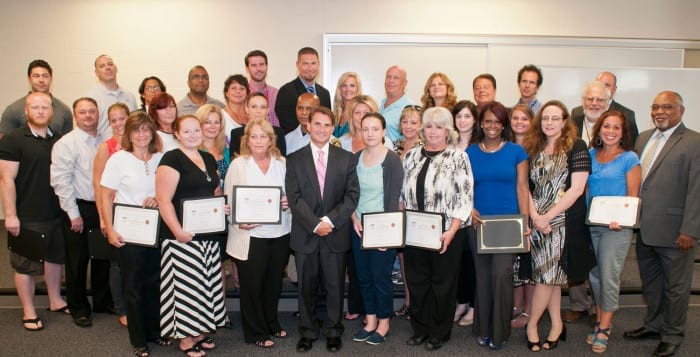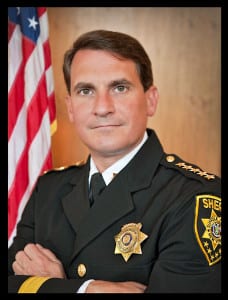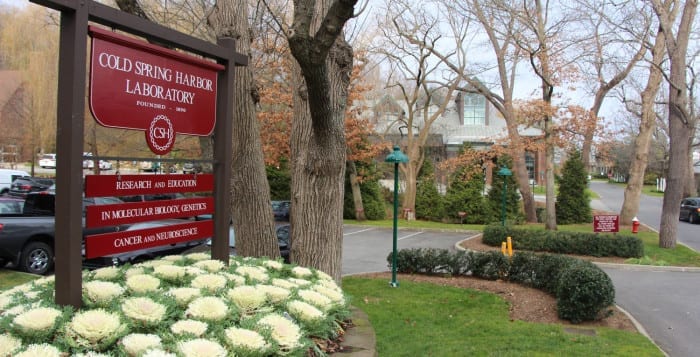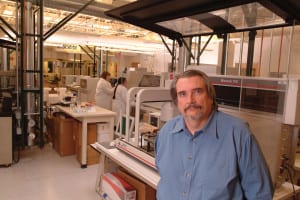By Victoria Espinoza
What started out as a high school camp counselor job has turned into a career of giving back to Huntington Town for Gail Lamberta.
Lamberta, 62, is an associate dean at St. Joseph’s College in Patchogue, as well as a professor and coordinator of experiential learning. She’s a native Huntington resident, born in Huntington Hospital and graduated from Walt Whitman High School in 1971. “I’m proud to be a wildcat,” she said in a phone interview.
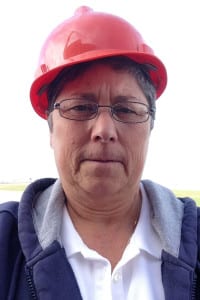
Lamberta is involved with more than half a dozen organizations throughout Long Island, and people who know her, marvel at her ability to be in 10 places at once, and her commitment to Huntington.
It is for this reason she is a Times Beacon Record Newspapers Person of the Year.
“Gale is 100 percent devoted to the town, there is no doubt about it,” Rob Scheiner, chair of the Huntington Chamber of Commerce said. “She is such a dedicated individual. She’ll do whatever we ask of her. Anytime we need a volunteer for a project, she’s there.”
Lamberta is on the board of directors at the Huntington Chamber of Commerce, where she works frequently with Scheiner to organize events to provide education opportunities for the residents of Huntington.
She has been able to use her extensive network at St. Joseph’s to provide quality educators for training programs organized by the Chamber of Commerce, including events like the business leadership competition for local high school students.
Lamberta has hosted this conference for the past three years, which takes place at St. Joseph’s in early December and has been running for 13 years.
About 350 students participated in the most recent competition, which asks students to present plans about retail markets, graphic design, hospitality and more, regarding scenarios the chamber gives to the students in advance. Students are also tested on their interview skills, and are offered tours of the campus as well as job workshops.
“The kids are amazing,” Lamberta said. “To see them pull together and create top-notch presentations is one of my favorite parts of being involved with the chamber. It’s refreshing to see that caliber at the high school level.”

Melissa Kuehnle, director of communications and external relations at St. Joseph’s, said Lamberta is an asset to have for any project.
“She is a very good person to work with, because she knows so many people throughout the community,” Kuehnle. “She’s a doer and a hard worker. She’s always got her hands on something.”
She also works with LaunchPad Huntington and Huntington Business Incubator to provide free courses that teach members of the community skills on organization, leadership, basic computer skills, creating a business plan and more.
“She’s heavily entrenched in the local economy and local education,” Phil Rugile, director of LaunchPad Huntington, said of Lamberta. “She is very good at bringing the educational world to a local level.”
To further improve Huntington, Lamberta is also involved with Leadership Huntington, an organization that identifies the current needs and challenges facing Huntington. Lamberta is currently involved in Flagship Program, which takes place over nine months and helps all members develop an in-depth understanding of the community, history and art of the town.
Lamberta gives her time to numerous other organizations across Long Island, including volunteering for Ride for Life, as president of the Long Island Leisure Services Association, and as a board member of the Youth Council of the Suffolk County Workforce Development Board.
When asked why she started getting so involved in Huntington years ago, she said she wanted to help make her town better.
“I wanted to give [Huntington] my best,” she said. “I love everything about Huntington — what it has to offer in terms of parks, quality of medical care and the support within the township.”


